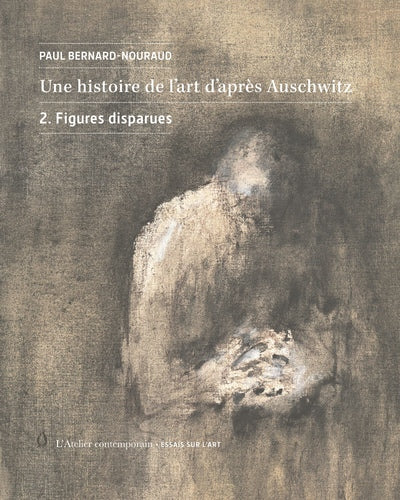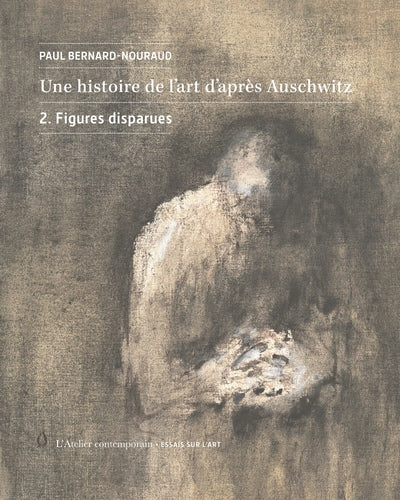A History of Art after Auschwitz
- Authors: By (author) Paul Bernard-Nouraud
- Publishers: WORKSHOP CONT
- Date of Publication: 2024-10-18
- Pages: 632
- Dimensions: 207mm x 166mm
How did Auschwitz break with traditional modalities of representation?
of the human figure inherited from the Renaissance? To what extent does this
Has rupture become lodged in modernist discourse to the point where it is now
go partly unnoticed? Is contemporary art an art that is situated
simply after Auschwitz or is it, in a more complex way, an art
after the event? These are some of the questions that give rise to
This History of Art after Auschwitz its main orientations. To be sure
respects, by proposing a critical rereading of the foundations of modernity
artistic and a genealogy of contemporary art, this vast study aims to be
and therefore also a counter-history of art. The first volume that composes it
thus undertakes to re-evaluate the history of art in the light of Auschwitz
prior to the event itself. We discover in particular that with the fear of
flood and war, that of the plague constitutes one of the foundations of art
reborn and the order of discernment that it establishes. Despite the Figures
disparate groups which have not ceased for five centuries to disrupt this order, this one
only truly gave way after Auschwitz, with the massive appearance of Figures
disappeared (vol. 2), which gradually dissipated in art
contemporary even as they continue to inform the Configurations
(vol. 3). This second volume of A History of Art after Auschwitz examines
present how new artistic forms have gradually emerged
developed in the shadow close to the event. After recalling how much the
Survivors themselves have drawn on artistic references to try to
discern the darkness into which they had been plunged, he examines the
foundations of this art (chapter 4) from the project of destruction of bodies
that Nazism undertook and the disappearance of the figures to which the
artists have been confronted since the Auschwitz period. For the vast majority
Among them, however, the image they were able to form of Auschwitz was
made up of the countless ones provided to them by the
photographs of the camps at the time of their opening and in the years that followed
followed. In this respect, photography has played the role of a real threshold
to understand the event (chapter 5). Gradually, however,
A number of artists have made a real departure from these source images
in order to design other artistic forms (chapter 6). These departures have
taken, notably in France, with Francis Gruber, Pablo Picasso or Jean Fautrier,
a figurative form, where the human figure seems threatened with disappearing. Their
American counterparts (Jackson Pollock, Mark Rothko, Barnett Newman) have
They opted for radically abstract departures, although on a certain scale
human persists under their compositions. This persistence is found under
various forms in artists as different as Alberto Giacometti,
Francis Bacon or Zoran MuŠič, notably in figures that all three
represent in motion, as if these steps indicated in themselves
the gradual distancing of art from Auschwitz (chapter 7). This is
that in reality, in the shadow cast this time by the event, it is no longer a question
to discern the darkness, but rather to distribute it. This distribution, and the
ways in which it was carried out in later art, will be the subject
of Configurations, the third and final volume of this History of Art
after Auschwitz.
Share

